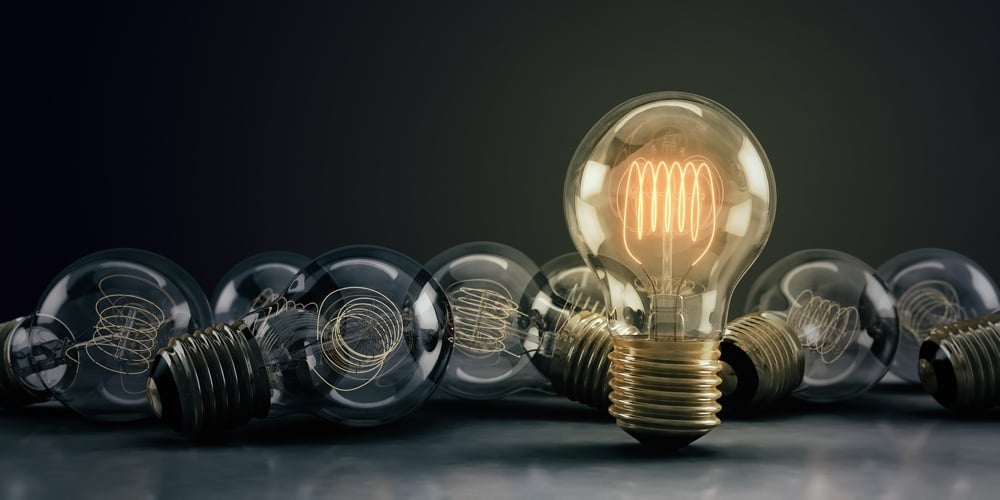Facility Solutions: Light, well-being and workplace performance
Employers can help stave off seasonal and workplace depression by providing mental health resources and implementing these office design tips.

Countless studies have proven the correlation between light, well-being and performance. The coming of winter reminds us about the importance of light in the workplace. While winter might mean we don’t have to mow the lawn, it also means we have less time for outdoor activities and a decline in the available sunlight that is essential to our physical and mental well-being—and our performance at work.
Unfortunately, these darker days impact us in darker ways. While many people look forward to winter with the promise of skiing and other cold-weather activities, it is estimated that 5% of the U.S. population experiences despair and hopelessness during this season. This number ranges from 0 to 10% depending on how far someone lives from the equator. Others on this continuum may feel moody, lethargic or irritable and experience difficulty with sleep, appetite and concentration.
Winter’s diminished daylight is often felt in the work environment. Employers who recognize the impact of low light on work performance can provide increased lighting to compensate for darker days. Light has a significant effect on the brain, specifically the neurotransmitter serotonin, which is responsible for mood regulation, social behavior, memory and appropriate sleep and appetite behaviors. Decreased daylight is also correlated with increased levels of the hormone melatonin, which can disrupt one’s internal clock and sleep patterns.
continue reading »
